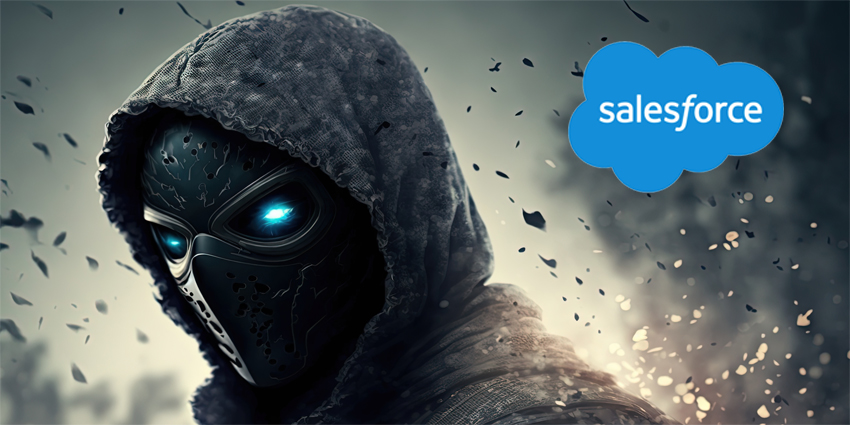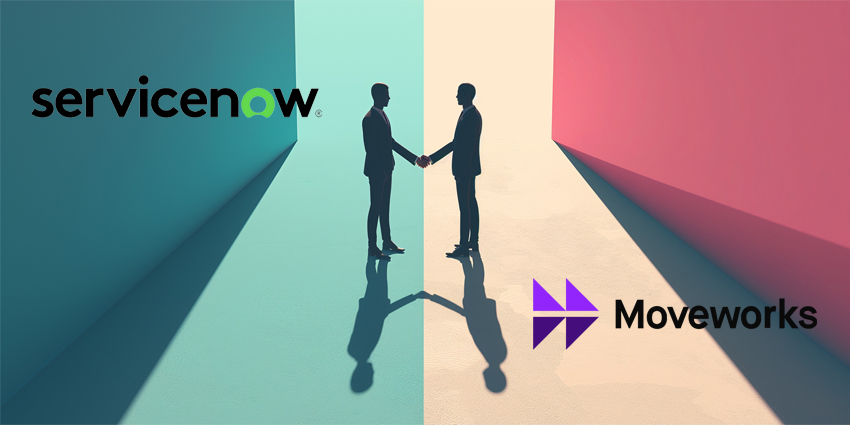Agentforce, Agentforce 2, Agentforce 2dx, Agentforce 3… Salesforce has poured its heart and soul into its AI agent platform over the past 12 months.
Yet, as it chases its next big dream, its CRM heartlands have fallen under attack, with many of Salesforce’s conventional competitors openly criticizing the company.
In fact, over the past year, Salesforce has taken more shots than an overly excitable frat boy.
However, some rivals are going much further than others.
For starters, Kustomer and Zendesk have sneaked digs into their blogs.
Notably, Kustomer took aim at Salesforce for its “rigid” and outdated ticket-based system. Meanwhile, Zendesk called out the “surprise costs” that plague many Salesforce implementations.
Yet, others went much further. Take Shopify as an example. In November, it openly bragged about poaching “hundreds” of Salesforce’s customers. It also used a Bloomberg interview to swipe at Salesforce’s “costly” business practices.
Then, there is CRM challenger Creatio. At its No-Code Days event in May, the vendor made several moves to belittle Salesforce.
At the time, Martin Schneider, VP and Principal Analyst at Constellation Research, who attended the event, told CX Today:
They [Creatio] had a lot of mentions of customers where they replaced Salesforce, and execs had a couple of snarky remarks when customers on the keynote stage mentioned that their previous CRM was Salesforce. They even named a replacement campaign their ‘Salesforce Recovery Effort’ for customers.
Such call-outs are not isolated incidents. Schneider also noted that several other events had been awash with Salesforce digs, including those hosted by Oracle, PROS, and ServiceNow.
But why exactly are all of these companies gunning for Salesforce?
Why Is Everyone Gunning for Salesforce?
When you’re at the top, everyone wants a piece of you, and Salesforce remains the out-and-out leader in CRM technology.
Over the past eight months, it has topped the Gartner Magic Quadrant for CRM Customer Engagement Center, was named the Leader in the Forrester Wave for CRM Software, and was crowned the biggest CRM provider in the world for the 12th year running by IDC.
These accomplishments have preserved Salesforce’s status as the market leader amongst industry onlookers.
That said, the recent uptick in the number of shots being taken specifically at Salesforce suggests that there might be something else at play.
Schneider discussed this trend in a LinkedIn video with his colleague Liz Miller, VP and Principal Analyst at Constellation Research.
According to Miller, the digs at Salesforce go far beyond the usual competitive posturing.
“Rival rages are nothing new,” she said. “But here’s my question: When did everyone start thinking Salesforce was there? To the point where it’s in letters, on slides, on main stages.”
Miller suggested that Salesforce has become a shorthand for the entire CRM category, a name every competitor references.
Now, with AI promising to change the game, “Salesforce” has become a term for the old category, allowing competitors to contrast it with the new – i.e., whatever they present. Miller continued:
I think AI is creating pivotal moments. It’s creating forks in the road. And it’s creating opportunities for re-evaluation and also repositioning.
Schneider agreed, isolating how the rise of AI and composability in enterprise tech is changing the conversation.
He references Creatio as an example, detailing how the company differentiates itself via its workflow-focused DNA, which includes microprocess handling, extensibility, and a lower total cost of ownership, areas where Salesforce struggles to compete.
Moreover, for Miller, this “poke the bear” strategy is as much about stirring up buyers as it is about taking shots at Salesforce itself. She said:
When you go in with that messaging, ‘oh, we were hosting a Salesforce recovery session,’ all of a sudden, someone’s going to post that somewhere.
Yet, Schnieder returned to his point about composability and modular architectures, and how they offer buyers more choice.
He explained how customers no longer need to think: ‘Well, Salesforce has to do everything for me, or Microsoft has to do everything for me.’
Instead, he explained: “You can actually start to take these real fragments and approaches, which will give you quick wins, which will give you a much more cost-effective app to rebuild your go-to-market tech stack in the age of AI.”
Miller concluded that this new landscape, which is driven by composability, cost-effectiveness, and AI-fueled innovation, requires every vendor, even Salesforce, to rethink its positioning.
“Connection is composability,” she said. “It’s about architecture that provides a foundation you can build on, not build through or around.”
Want to capture more insights from the CX industry’s leading thinkers? Subscribe to the CX Today Newsletter







